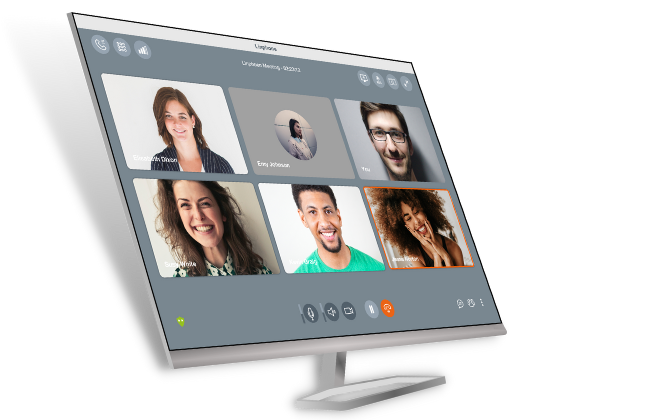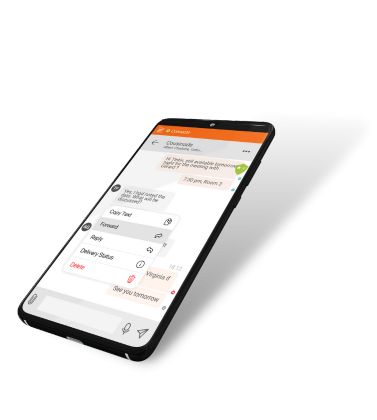
Since its inception, Linphone has featured simultaneous video sharing for one-to-one calls, known as symmetric video. This method requires both participants to consent to the broadcast of their video streams to receive one in return. Unlike conference calls, which already have an asymmetric video mode.
To align with evolving usage patterns seen in video conferencing, where video management is asymmetric, the Linphone team has decided to introduce asymmetric video activation for one-to-one calls. With this update, the video stream is transmitted even if one of the participants hasn't activated their camera. Consequently, it becomes possible for one participant to view their counterpart, even if the latter hasn't chosen to broadcast their own video.
This new feature brings a smoother and more immediate user experience, allowing for more flexible video activation.
To ensure accessibility and ease of implementation, enhancements have been made to the SDK. These adjustments empower developers to easily implement the desired interaction type for their application: asymmetric or symmetric video.
This development is ongoing in the master branch of Linphone-SDK and will be available in the next stable release of the SDK, which can be viewed here.
It's worth noting that the upcoming redesign of the Linphone application, scheduled for this summer, will leverage this new asymmetric video mode.




